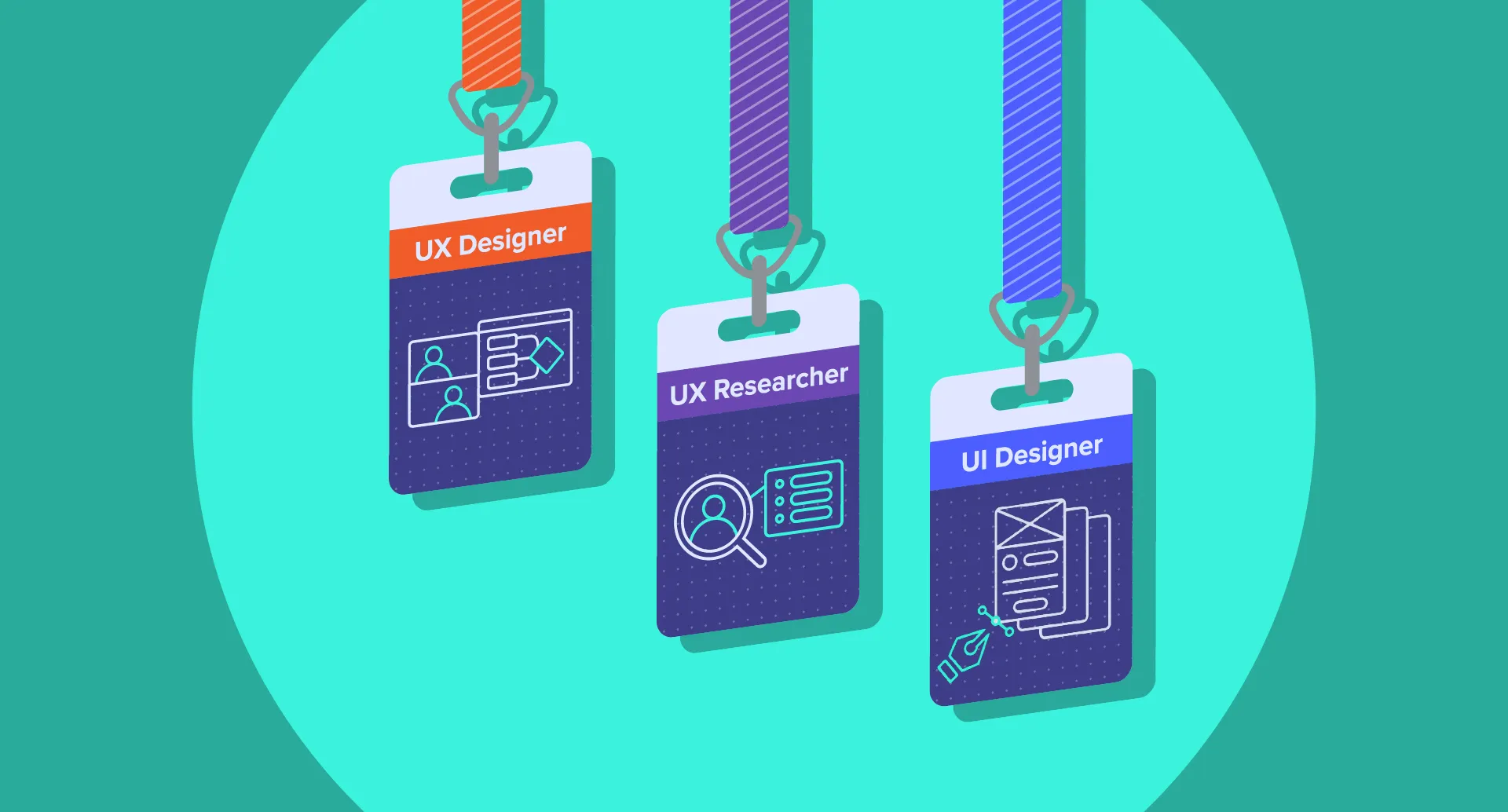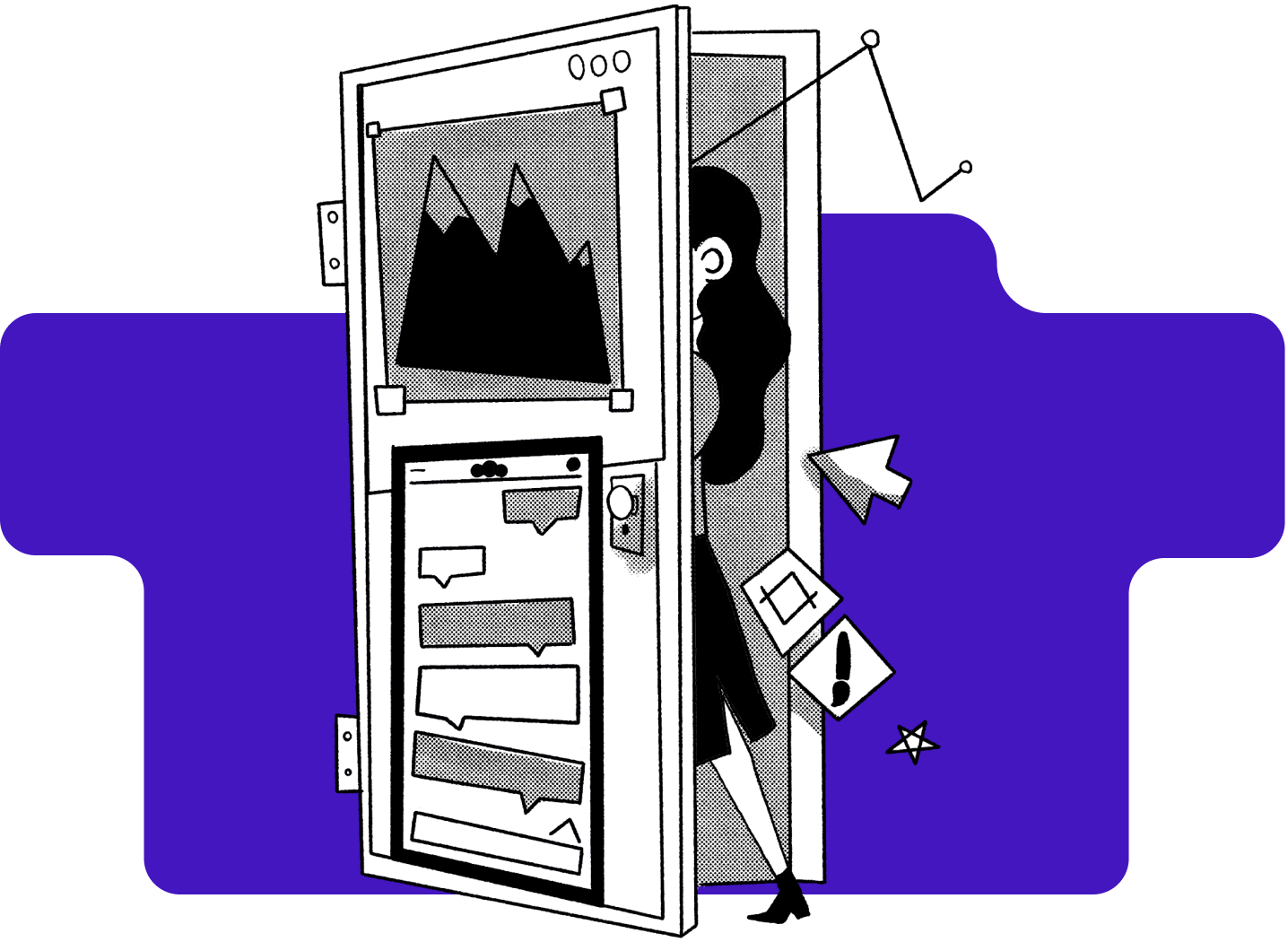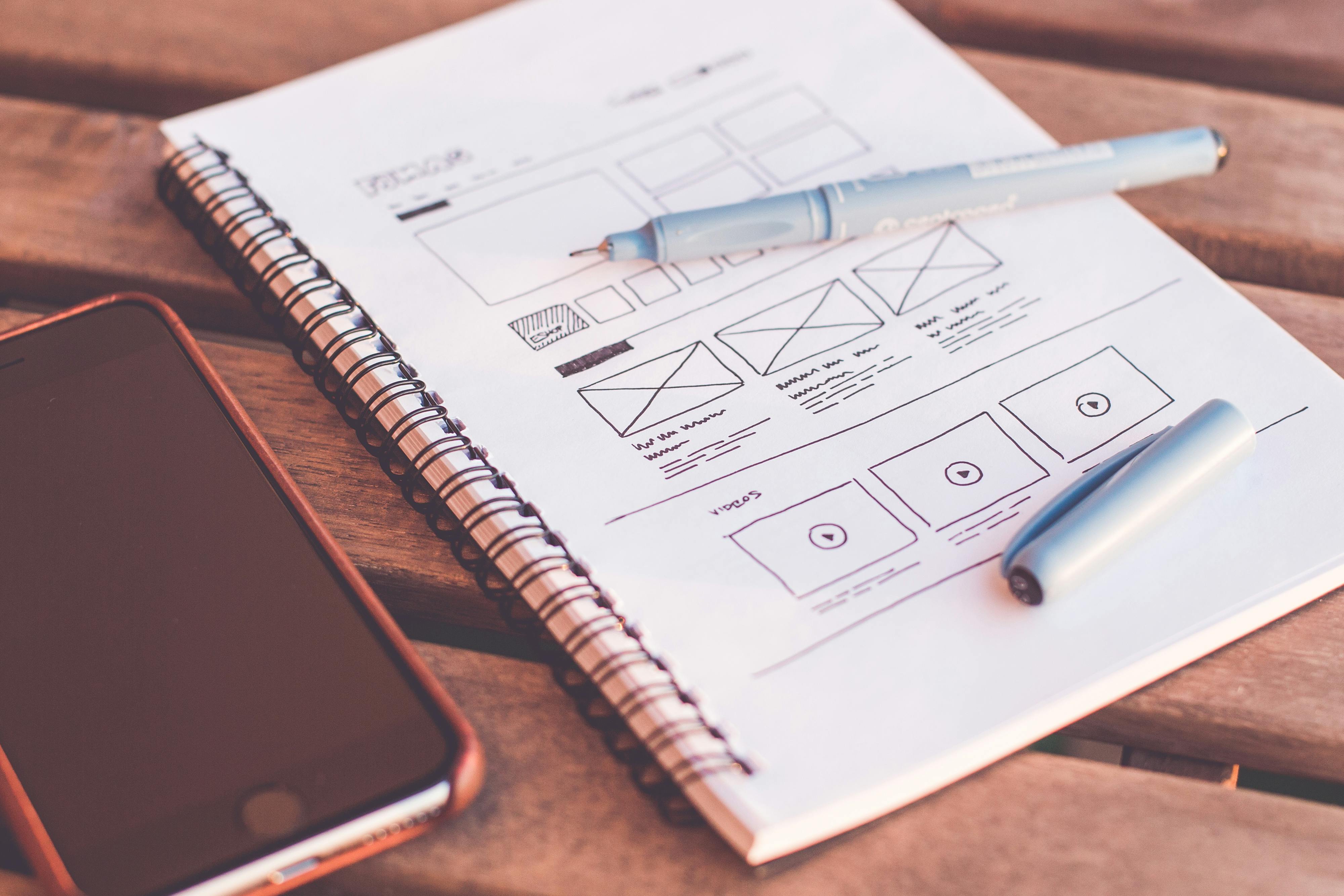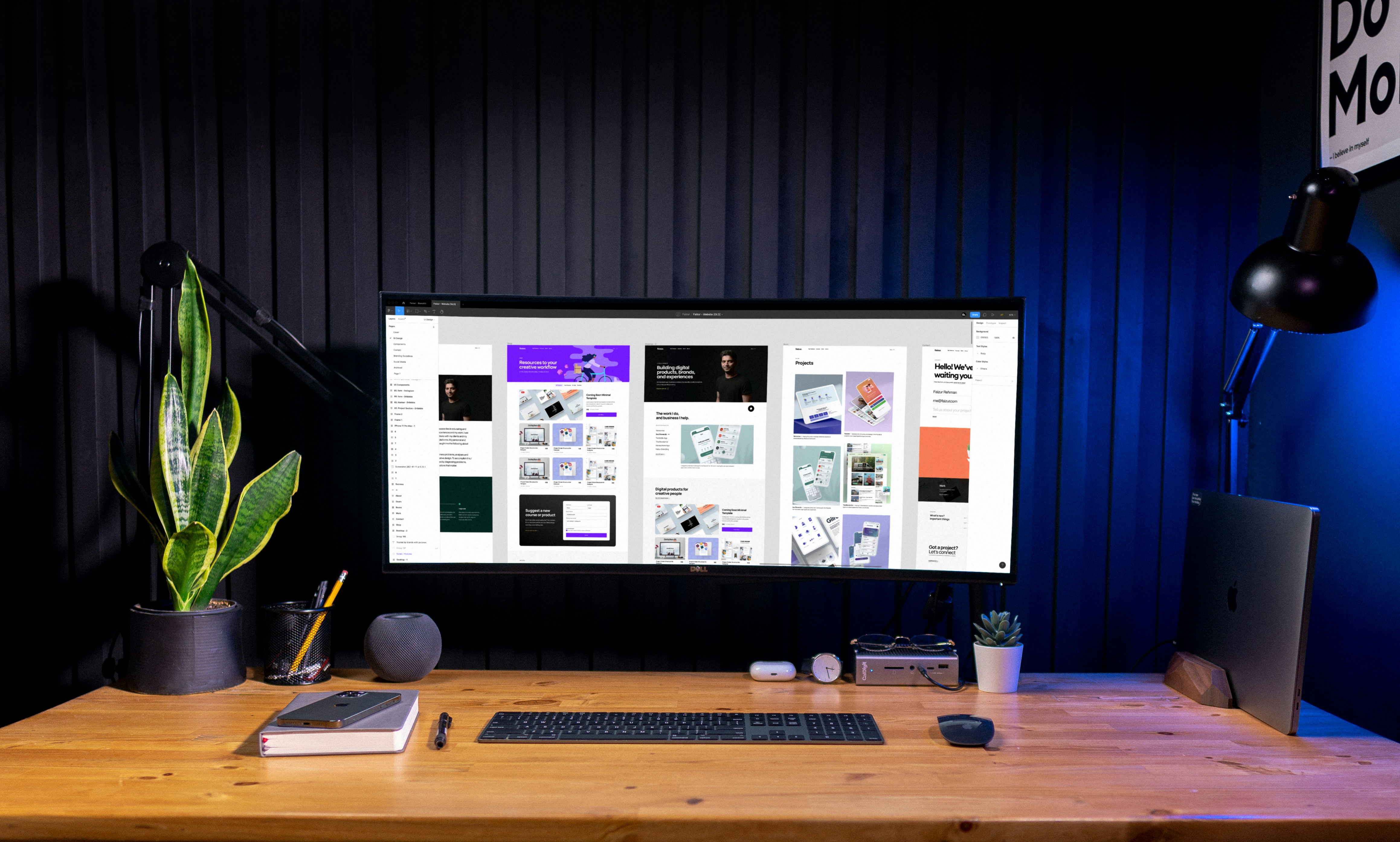The career outlook for UX/UI Designers continues to grow and expand. However, with an increasing set of job roles—and distinctions between what each entails—it can be challenging to figure out exactly where you should start your job search, and what career growth opportunities look like.
As you work through this guide, keep in mind that job roles differ greatly from one company to the next. A smaller company might hire a single designer to manage the entire product design process, while a larger company might have an entire team of people solely focused on conducting user research.
In this piece we’ll look at some of the different titles out there, what each one means, and where there’s overlap between roles.
1. User Experience (UX) Designer Job Description
A UX Designer is responsible for creating or improving the accessibility and usability of user experiences. To accomplish this, a UX Designer's role requires a strong balance of understanding the end user as well as knowledge of digital design best practices. From conducting user research to prototyping and usability testing, a User Experience designer requires problem solving skills and a deep knowledge of the design process.
While user experience design is truly its own area of expertise, it's worth noting that many employers who are advertising for a “UX Designer” in today’s market do also expect applicants to have UI and visual design skills.
UX Designer Responsibilities:
A UX Designer role is generally comprised of a few main categories:
- Problem Definition: discussing the project with other stakeholders to ensure that the problem is fully explored and clearly defined.
- Primary Research: identifying target user groups, and conducting interviews and other forms of inquiry to help understand user needs.
- Secondary Research: including competitor analysis, product feature analysis, and examination of analogous products and adjacent markets.
- Research Analysis: through techniques like affinity mapping and persona building, and the creation of user flows and task flows.
- Wireframing: wireframes appear often as part of design processes. Depending on the team, the UX designer might create anything from a low-fidelity wireframe (taking the form of quick thumbnail sketches on paper or in your design software) or a high-fidelity wireframe, which is much more detailed.
- Prototyping: similarly, the UX designer may make a prototype from the wireframe content. Early, low-fidelity prototyping helps to validate ideas before investing lots of time in creating final screen designs.
- User testing: the UX designer often leads user testing of high-fidelity prototypes and near-final products. In this situation, their role is to observe pain points for the user, and other possible weaknesses in the design.
2. User Interface (UI) Designer Job Description
UI designers are specialists in creating visual designs for digital interfaces. Closely related to the UX design process, a UI designer will typically get involved once there's already a somewhat detailed plan for how the product will function, and what content needs to appear on each screen.
While a User Experience designer tends to work more on the research and analytical problem solving side of creating user friendly experiences, a UI designer job often veers more to the side of visual design and creating "pixel perfect" mockups and prototypes.
UI Designer Responsibilities:
Typical activities undertaken by UI designers include:
- High-fidelity Mockups: detailed and polished screen designs that show exactly how the app or website will look in use.
- Prototyping: a clickable, end-to-end journey of the mockups, that allows users to test the experience of moving between screens.
- Design system creation and/or maintenance: a library of user interface components that can be re-used to create more screens and features in the future.
- Brand Identity Design: sometimes, elements of brand design for the digital product (but not usually for the company). For example, the UI designer might create the logo for an app, or develop a color palette and set of font choices for the project that complement existing brand guidelines.
- Visual language: development of visual language for the UI, including icons, illustrations, and photo treatments. These might be designed from scratch, or they might be selected from a library of native OS icons or stock graphics.
- UI layout optimization: the UI designer might receive low fidelity wireframes at the start of the project, and propose optimizations—for example, making button positions more consistent between screens.
3. UX/UI Designer Job Description
As the name suggests, a UX/UI Designer has a combination of the skills from the two roles described above. In reality, all new UX Designers today have a mix of UX and UI design skills. But it’s worth noting that this is more of a generalist role than specialist UX or UI Designers.
Hybrid “UX/UI Designer” positions are often seen in organizations with a small design team, where they might need a single designer to lead the design process from end to end. UX/UI Designer positions are one of the top 3 positions graduates land after taking our UX Academy program - it’s a great entry point into the field, through which you’ll gain generalist experience and can specialize further into other roles.
4. Product Designer Job Description
Product Designer is also among the top 3 roles that UX Academy students land after graduation. When you see the term “product designer," what is often being described is a hybrid UX/UI design role—a job that requires a mix of user experience and visual design skills. However, many product design positions also include a higher level of collaboration and management across teams, from ideation to development.
Product Designer Responsibilities:
Product design job listings often include the following responsibilities:
- Partner closely with cross-functional teams to develop elegant solutions
- Maintain, update, and add to the company's design system documentation and processes
- Evaluate user observations and interviews to uncover insights and create an exceptional user experience
- Inform and guide the work of team members by providing clear, helpful, and actionable feedback
- Drive product design process from research, high level user journeys, concepts, wireframes, and prototypes all the way to excellent visual execution
- Rapidly produce pixel-perfect and low-fidelity concepts and prototypes
5. UX Researcher Job Description
A UX researcher focuses almost entirely on the research and data analysis side of the UX design process. Through their work, UX researchers uncover new levels of depth and understanding for the target audience. They present their findings to other team members to help the company as a whole better understand and value the various touch points within the customer journey.
This position tends to be one of the more niche among UX roles, and requires excellent communication skills and an understanding of how quantitative and qualitative user data can strengthen the entire process.
UX Researchers Responsibilities:
- Lead prototype testing, competitive analysis, surveys, and exploratory research
- Recruit users for research studies, write interview and test guides, analyze data from research studies, and build research reports
- Work with designers, researchers, and product managers, to create product roadmaps.
- Generate insights that inform how the product team as a whole views short and long-term product strategy
6. Visual Designer Job Description
Depending on the company or organization, “visual designer” might be a title that's effectively used to describe a UI Design role. However, sometimes roles that are labeled as “visual designer” will focus less on the fine details of user interfaces, and more on the overall graphic design, branding, or layout of a digital project. A visual designer is weighted heavily towards using a more creative and artistic approach to visual communication.
Visual Designer Responsibilities:
A typical suite of responsibilities for a visual designer might include:
- Contribute to design processes within your team
- Create design materials for digital and/or print
- Provide creative guidance and brand direction for the company
Looking for a Career in UX / UI Design?
The UX designer career path can branch out into a variety of job roles, from UX Designer to Product Designer or Interactive Designer, but they are all based on a foundational understanding of enhancing the user experience within digital products.
If you're looking for a way to begin your own career in user experience design, we offer UX Academy Foundations as an introductory course to help you learn design basics, and prepare yourself for a more intensive UX design bootcamp.



.svg)







%20(1)-min.png)

.png)




